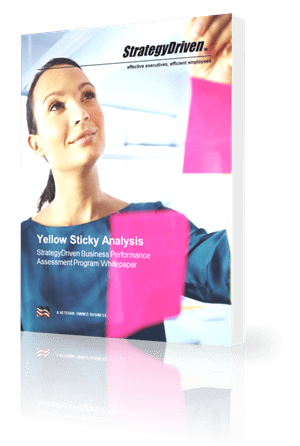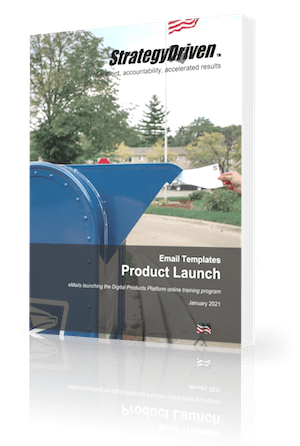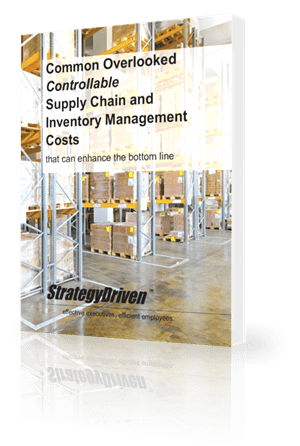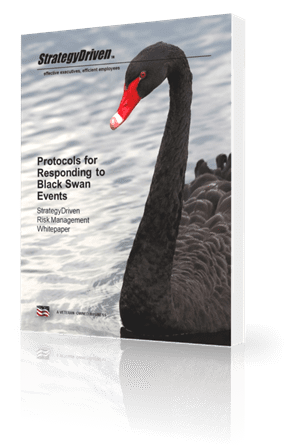7 Strategies for Using Credit Card Cash Advances to Avoid Excessive Debt
A credit card cash advance is an option that credit card owners can use when they need money for emergencies. An accessible resource for people in a financial bind, a credit card cash advance provides instant liquidity without the hassle of applying for a loan or borrowing from friends and family. It allows you to withdraw money from your credit card account (within the limit set by the provider), just like taking cash from an ATM using your debit card.
However, while this may seem like a handy solution, it’s important to recognize that cash advances come with significant costs and risks.
Why Should You Be Careful When Utilizing Credit Card Cash Advances?
Unlike regular purchases made with your credit card, cash advances start accruing interest immediately, often at a much higher rate than your standard credit card transactions. On top of that, many banks impose fees for cash advances, further driving up your overall debt. As such, it’s best to avoid using this option unless you have no other way to meet your financial needs. If you really need to use cash advances, you need to practice careful planning and responsible repayment to ensure that your quick access to funds doesn’t snowball into a debt problem.
Here are some effective strategies to help you avoid excessive debt if you must use a credit card cash advance:
Limit Cash Advances to True Emergencies
The first rule of thumb for using cash advances is to reserve them for true emergencies. An emergency could be a medical situation, an urgent home repair, or a financial shortfall that requires immediate action. However, using cash advances for discretionary spending—such as entertainment, shopping, or vacations—can quickly lead to unnecessary debt. Because of the steep interest rates and fees associated with cash advances, these small luxuries can cost you much more in the long run. Clearly define what constitutes an emergency so you can decide immediately whether a situation warrants the use of a cash advance, and discipline yourself to only rely on this option when absolutely necessary.
Repay the Cash Advance as Quickly as Possible
One of the most significant drawbacks of a cash advance is that it begins accruing interest the moment you withdraw the money. In comparison, regular credit card purchases have a grace period before interest kicks in. The best way to minimize the high interest charges is to pay off the balance as quickly as possible. If you can, opt to pay off the cash advance in full within the same billing cycle. If you can’t pay it all off at once, making higher-than-minimum payments will significantly reduce the interest you’re charged and help you avoid spiraling into debt.
Understand the Fees and Interest Rates Associated with Cash Advances
Before taking out a cash advance, familiarize yourself with the specific costs you’ll have to pay. For instance, most credit card companies charge a cash advance fee, which can be a flat rate or a percentage of the amount you withdraw. Additionally, the interest rate on cash advances is much higher than the rate for regular purchases, often by several percentage points. By understanding these costs upfront, you can better evaluate whether a cash advance is the right option for your specific situation.
Set a Personal Cash Advance Limit
While your credit card might allow you to take out a large sum of money through cash advances, it’s wise to impose your own personal limit. This self-imposed restriction helps prevent you from taking out more than you can realistically afford to repay. Setting a limit based on your current financial situation and repayment ability can keep you from over-borrowing. For instance, if you know you can comfortably pay off ₱10,000 within the next month, don’t withdraw more than that, even if your credit card allows it. Sticking to this personal limit will help you manage your cash advances more easily.
Avoid Multiple Cash Advances
Taking out multiple cash advances over a short period can compound your debt problem, especially if you’re unable to pay them off right away. Each advance comes with fees and high interest charges, which can quickly pile up. If you find yourself repeatedly relying on cash advances, it may be a sign of deeper financial issues that need to be addressed. In this case, instead of viewing cash advances as a temporary fix, try to resolve the underlying financial problems by budgeting more effectively or seeking additional sources of income.
Explore Alternative Funding Sources
When faced with financial difficulties, it’s important to consider all available options that offer lower interest rates before resorting to a credit card cash advance. For instance, banks or financial institutions in the Philippines provide products like personal loans or salary loans that can be more affordable than a cash advance. Additionally, you could explore borrowing from friends or family, seeking government financial assistance, or even selling unused assets to raise the funds you need. By carefully considering all options, you can minimize or avoid the costs of a cash advance.
Monitor Your Credit Card Usage
Keeping track of your credit card balance is crucial to avoiding excessive debt. Regularly checking your statements will help you stay on top of your expenses and ensure you’re not relying on credit card cash advances too frequently. Many Filipinos now have access to mobile banking apps like Maya, which allow you to monitor your spending in real time. When you know exactly how much debt you’ve accumulated, you can better control your cash advances and plan your repayments accordingly. Monitoring your usage also gives you an early warning if your debt is becoming unmanageable, allowing you to take corrective action sooner rather than later.
Staying informed and proactive is the best way to ensure that your use of credit card cash advances remains responsible and manageable. Likewise, recognizing the signs of potential debt problems early and addressing them ASAP will keep you from falling into the trap of accumulating high-interest debt that’s difficult to pay off. By consciously monitoring your spending, limiting your reliance on cash advances, and exploring alternatives when possible, you can avoid the pitfalls of excessive debt.















Leave a Reply
Want to join the discussion?Feel free to contribute!